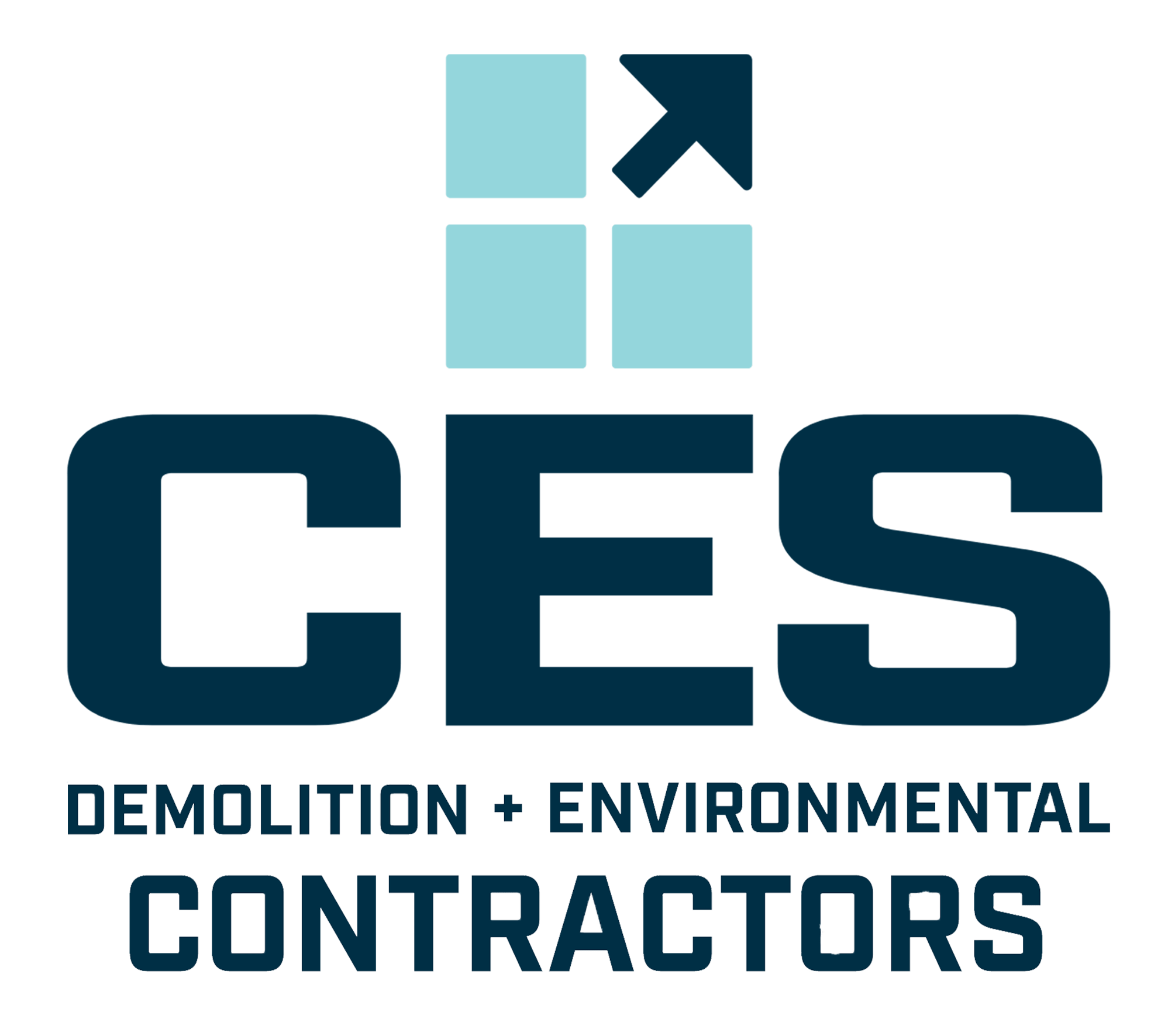Bulbs, Ballast, and Other Mercury Containing Devices
We are committed to removing mercury-containing devices, including bulbs, and ensuring they are properly sorted, labeled, containerized, and prepared for shipment and recycling.
CES provides a Certificate of Recycling to help clients earn points toward achieving one of the four certification levels in the Leadership in Energy and Environmental Design (LEED) rating system.
Ferrous and Non-Ferrous Metals
Most commercial and industrial structures contain structural and mechanical systems made from ferrous and non-ferrous metals, over ninety percent of which can be recycled.
During the bidding process, CES evaluates materials like structural steel, copper, aluminum, and other metals, estimating their weight and crediting a dollar value against the project. Metals are segregated during the asbestos abatement and demolition processes, then processed and transported to a recycling facility, ultimately being sent to a smelter for asset recovery.
We track the removal, manifesting, and disposal of these materials, keeping detailed recycling records for each load. This thorough record-keeping provides LEED-compatible documentation that is beneficial for the project owner during LEED certification for new construction.
Concrete and Asphalt Recycling
We recycle asphalt and concrete in two different ways depending on the project size. For smaller projects, CES transports the materials to a commercial retail recycler, while for larger projects, we mobilize our crushing equipment to process the materials on-site.
The resulting aggregate, fines, or asphalt pebble can be used as a road base or structural fill for new construction or sold directly from the site. Both methods offer savings to the project owner, with initial cost reductions in trucking and material disposal, and additional savings if the materials are reused in the new construction.
CES also provides volumetric or tonnage accounting of the recycled material and can issue a certificate for LEED certification purposes.
Architectural Salvage
We actively recycle and reuse building components such as doors, windows, cabinets, air handlers, air conditioning units, and hot water heaters. Whenever possible, we collaborate with organizations like Habitat for Humanity to recover usable items for homes being built or refurbished.
We coordinate the removal of these items and assist throughout the process. We believe this is the responsible and ethical approach to conserve resources and prevent materials from unnecessarily ending up in landfills.
